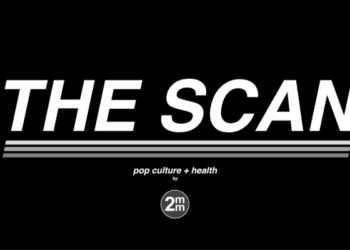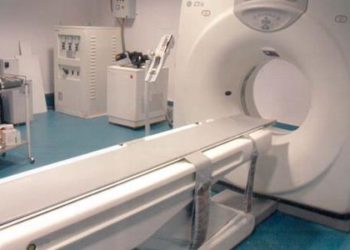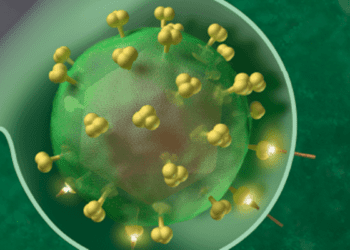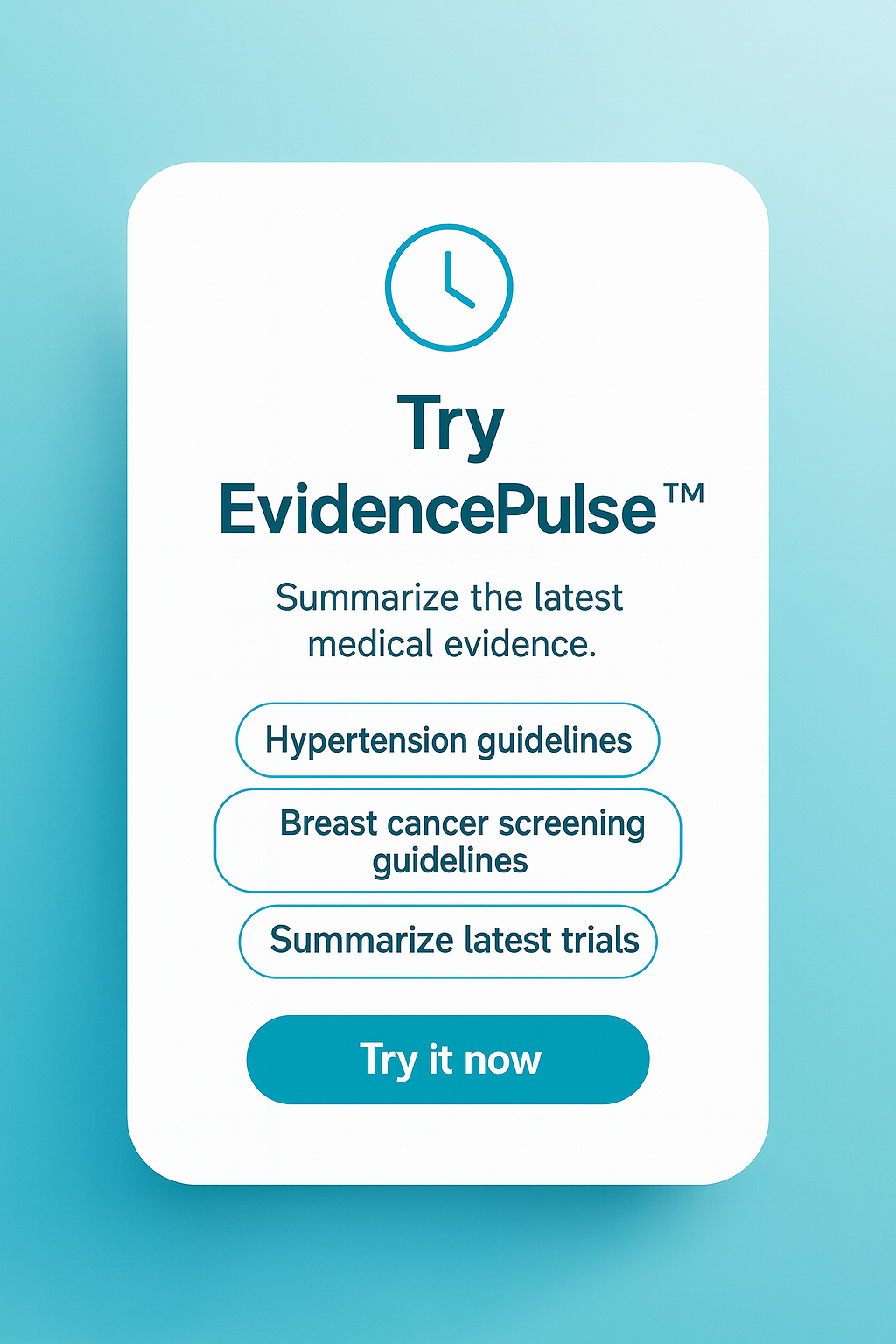Clinic intervention reduces pregnancy risk behaviors in vulnerable youth
[tabs tab1=”2MM Rundown” tab2= “2MM Full Report”]
[tab]
Image: PD
1. Prime Time, a clinic-based youth development intervention that involves case management and youth leadership programs, effectively increases rates of contraception use in vulnerable adolescent girls.
2. Implementation of programs such as Prime Time in clinics may reduce rates of pregnancy in high-risk adolescents.
This study adds to the growing literature that supports the efficacy of a primary care-based, multicomponent youth development programs, such as Prime Time, to improve safe sex behaviors and reduce the risk of pregnancy in vulnerable adolescents. Using self-reported data, this study showed that participation in a clinic-linked educational program led to greater contraceptive compliance, greater sexual self-efficacy and healthier sexual attitudes in high-risk adolescents. The U.S. has the highest rates of teen pregnancy among industrialized nations, and implementation of programs like Prime Time, which highlight the opportunity to decrease pregnancy through educational interventions targeted at vulnerable youth, may be a step in the right direction.
One of the major strengths of this study was the high retention rate—nearly 94% of participants completed the follow-up survey. Another is the similarity of the intervention and control groups achieved by randomization. Limitations of this study include the reliability of self-reported survey data as well as the lack of long-term follow-up. Future studies should be aimed at evaluating whether this program has sustained effects and actually achieves the ultimate goal of reduction in teen pregnancies.
Click to read the study in JAMA Pediatrics
[/tab]
[tab]
Image: PD
1. Prime Time, a clinic-based youth development intervention that involves case management and youth leadership programs, effectively increases rates of contraception use in vulnerable adolescent girls.
2. Implementation of programs such as Prime Time in clinics may reduce rates of pregnancy in high-risk adolescents.
Study author, Renee E. Sieving, Ph.D., RN, FSAHM, talks to 2 Minute Medicine: Associate Professor, School of Nursing & Department of Pediatrics, Medical School; University of Minnesota
“This is one of few rigorous studies that combines strategies known to reduce pregnancy risk among high-risk teens in a way that’s specifically designed for use by clinics. Our findings show that involvement in a clinic-linked intervention that includes both 1-on-1 case management & youth leadership elements promotes lasting improvements in contraceptive and condom use among adolescents most vulnerable to pregnancy.”
This [randomized controlled] trial enrolled sexually active, high risk, 13-17 year old girls in Prime Time. Girls were enrolled for 18 months and a follow-up survey at 6 months post completion of the program was used to assess self-reported consistency of birth control use (in terms of number of months of consistent use) as well as number of male sexual partners. Results were compared with a control group of non-participants of similar demographics.
Of the 253 girls enrolled, 236 (93.3%) completed the 24-month follow-up survey. Those in the intervention group reported significantly more consistent condom use (adjusted relative risk 1.57, 95% CI 1.28-1.94), hormonal contraceptive use (ARR 1.30, 95%CI 1.06-1.58), and dual-method contraceptive use (ARR 1.36, 95% CI 1.01-1.85). There were no differences between groups in the number of recent sexual partners. Intervention participants reported both significantly higher levels of family connectedness and greater self-efficacy to refuse unwanted sex than controls.
Further reading:
- Uptodate: Pregnancy in adolescents
- Counting It Up: The Public Cost of Teen Childbearing
- Why is the Teen Birth Rate in the US so High and Why Does it Matter?
In sum: This study adds to the growing literature that supports the efficacy of a primary care-based, multicomponent youth development programs, such as Prime Time, to improve safe sex behaviors and reduce the risk of pregnancy in vulnerable adolescents. Using self-reported data, this study showed that participation in a clinic-linked educational program led to greater contraceptive compliance, greater sexual self-efficacy and healthier sexual attitudes in high-risk adolescents. The U.S. has the highest rates of teen pregnancy among industrialized nations, and implementation of programs like Prime Time, which highlight the opportunity to decrease pregnancy through educational interventions targeted at vulnerable youth, may be a step in the right direction.
One of the major strengths of this study was the high retention rate—nearly 94% of participants completed the follow-up survey. Another is the similarity of the intervention and control groups achieved by randomization. Limitations of this study include the reliability of self-reported survey data as well as the lack of long-term follow-up. Future studies should be aimed at evaluating whether this program has sustained effects and actually achieves the ultimate goal of reduction in teen pregnancies.
Click to read the study in JAMA Pediatrics
By Maren Shapiro, Denise Pong, and Leah Hawkins
More from this author: More U.S. women using emergency contraception pill, No cost contraception reduces unintended pregnancies, Active-Duty U.S. servicewomen have higher rates of unintended pregnancy
© 2013 2minutemedicine.com. All rights reserved. No works may be reproduced without written consent from 2minutemedicine.com. Disclaimer: We present factual information directly from peer reviewed medical journals. No post should be construed as medical advice and is not intended as such by the authors or by 2minutemedicine.com. PLEASE SEE A HEALTHCARE PROVIDER IN YOUR AREA IF YOU SEEK MEDICAL ADVICE OF ANY SORT. Content is produced in accordance with fair use copyrights solely and strictly for the purpose of teaching, news and criticism. No benefit, monetary or otherwise, is realized by any participants or the owner of this domain.
[/tab]
[/tabs]









